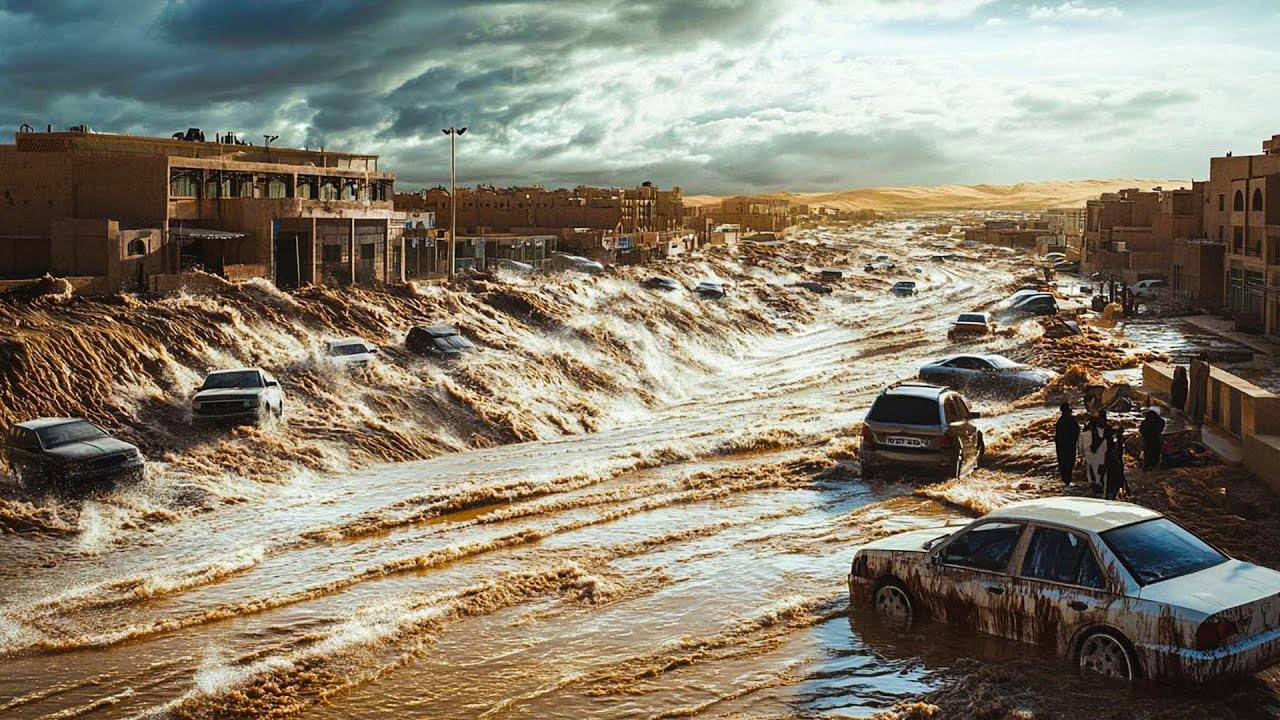Morocco is once again facing a rare and powerful flood. In the southern and southeastern regions of the country, phenomena like the formation of lakes and ponds have never occurred before. For example, the desert in Errachidia province — one of the driest regions in the world. However, NASA satellite images show the formation of large water bodies in the middle of the Sahara Desert. Lake Iriki, between the cities of Zagora and Tata, which had been dry for 50 years, is now filled with water. Many tourists have rushed to see this extraordinary event for the region.
It is worth noting that these highly unusual heavy rains and subsequent floods have hit the country for the second time in just a few months. For example, in September, more than 4 inches of rainfall fell in just two days, which significantly exceeds the annual norm for this arid region.
According to a representative of the Moroccan Directorate of Meteorology, such an amount of rainfall has not been seen here in at least 30-50 years. At that time, floods claimed the lives of at least 18 people and caused severe damage to infrastructure. In addition to the threat to life and the destruction of homes, the water caused significant damage to agricultural land, worsening already challenging conditions for local residents.
And the abnormal rains in the country continue. In just two days, October 12 and 13, 1.77 inches of rain fell in the country's capital, Marrakech. This is more than twice the average monthly rainfall in October, which is 0.84 inches. The downpours caused massive floods, submerging residential areas and paralyzing transportation in the city.
It is painful to realize that such serious destruction and huge human losses are caused by water, at a time when, as humanity, we already have technologies capable of reducing the intensity of rainfall and minimizing the impact of floods. Atmospheric water generators, already operating in different countries, extract water from the air. Their implementation could help provide people with clean drinking water and regulate rainfall worldwide. However, to achieve this, we need to raise awareness and push politicians and scientists to actively implement these technologies. Learn more in the film "Water from the Air. The Path to Saving Humanity."

